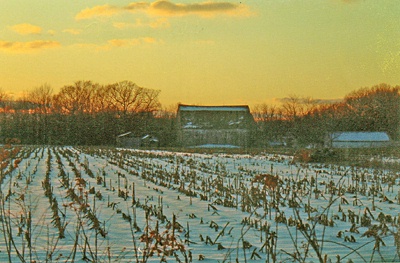All Nonfiction
- Bullying
- Books
- Academic
- Author Interviews
- Celebrity interviews
- College Articles
- College Essays
- Educator of the Year
- Heroes
- Interviews
- Memoir
- Personal Experience
- Sports
- Travel & Culture
All Opinions
- Bullying
- Current Events / Politics
- Discrimination
- Drugs / Alcohol / Smoking
- Entertainment / Celebrities
- Environment
- Love / Relationships
- Movies / Music / TV
- Pop Culture / Trends
- School / College
- Social Issues / Civics
- Spirituality / Religion
- Sports / Hobbies
All Hot Topics
- Bullying
- Community Service
- Environment
- Health
- Letters to the Editor
- Pride & Prejudice
- What Matters
- Back
Summer Guide
- Program Links
- Program Reviews
- Back
College Guide
- College Links
- College Reviews
- College Essays
- College Articles
- Back
The Green Revolution
The Green Revolution was a movement that began with Norman Borlaug in Mexico. The Revolution improved crop yields greatly with Genetically Modified seeds, selective breeding, and advanced pesticides, herbicides, irrigation, ad fertilizers. The seeds were enhanced to grow faster and produce more grain. Borlaug experimented with these seeds in a poor area in Mexico to help the farmers there. At this time Mexico was not producing enough wheat to be self-sufficient. They produced a huge head of grain, but the stalks were to weak to hold it. He then cross-bread some of the Mexican wheat with dwarf wheat. The dwarf variety was short and had a very thick stalk. The stalk was then strong enough to hold its head. The selected variety of wheat was extremely productive as well as reactive to fertilizers and pesticides.
The Green Revolution has failed in an economic way. The new practices needed to keep up with the high demand were expensive and many farmers could not afford to invest in them. The Revolution also caused a drop in food prices because the supply was higher than the demand at some points. The success rate of the Revolution might be enough to make the failure acceptable though. One success of the Revolution is that poorer countries are now able to become self-sufficient in grain production. These countries include Mexico and India where Borlaug himself conducted experiments.
In the past thousand years the population of Earth has skyrocketed. We needed to keep up with the growing population in food. The Revolution is curial to keeping up with the population because of the Genetically Modified Seeds which grow bigger, faster, and stronger. Other factors of the Revolution that have contributed to feeding our growing population are the high success rates of pesticides and herbicides. Irrigation has also been easier, so it takes less effort to keep a large field of crops alive. All in all without the Revolution we would have reached Earth’s carrying capacity years ago.

Similar Articles
JOIN THE DISCUSSION
This article has 0 comments.
